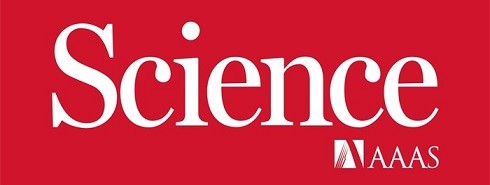State Key Laboratory of Medicinal Chemical Biology
Abstract
Immunotherapy has received tremendous attention for tumor treatment, but the efficacy is greatly hindered by insufficient tumor-infiltration of immune cells and immunosuppressive tumor microenvironment. The strategy that can efficiently activate cytotoxic T lymphocytes and inhibit negative immune regulators will greatly amplify immunotherapy outcome, which is however very rare. Herein, a new kind of semiconducting polymer (SP) nanoparticles is developed, featured with surface-mimicking protein secondary structure (SPSS NPs) for self-synergistic cancer immunotherapy by combining immunogenic cell death (ICD) and immune checkpoint blockade therapy. The SPs with excellent photodynamic property are synthesized by rational fluorination, which can massively induce ICD. Additionally, the peptide antagonists are introduced and self-assembled into β-sheet protein secondary structures on the photodynamic NP surface via preparation process optimization, which function as efficient lysosome-targeting chimaeras (LYTACs) to mediate the degradation of programmed cell death ligand-1 (PD-L1) in lysosome. In vivo experiments demonstrate that SPSS NPs can not only elicit strong antitumor immunity to suppress both primary tumor and distant tumor, but also evoke long-term immunological memory against tumor rechallenge. This work introduces a new kind of robust immunotherapy agents by combining well-designed photosensitizer-based ICD induction and protein secondary structures-mediated LYTAC-like multivalence PD-L1 blockade, rendering great promise for synergistic immunotherapy.

Advanced Materials. (IF 32.086) DOI: 10.1002/adma.202203309
 津公网安备 12010402001780号
津公网安备 12010402001780号








